Python
HinduBusinessLine
453
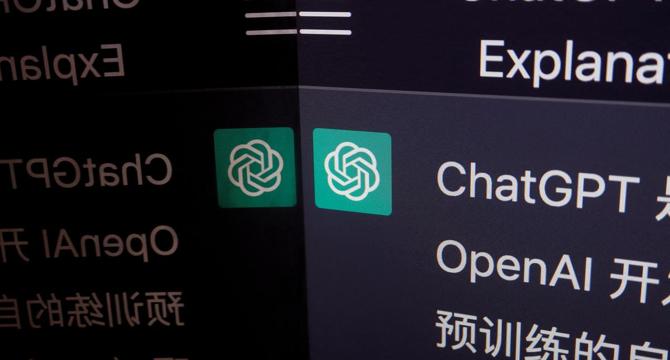
Image Credit: HinduBusinessLine
ChatGPT, Python lead the pack in AI development race: New Relic report
- Developers are primarily using OpenAI’s ChatGPT model, which accounted for over 86% of all LLM tokens processed by New Relic customers.
- New Relic's AI Impact Report highlights increased model diversification with developers exploring open-source alternatives and task-specific models.
- Meta’s Llama emerged as the second largest model in terms of LLM tokens processed by New Relic customers.
- Python remains the dominant programming language in AI applications, with a 45% increase in customer adoption since the last quarter, followed by Node.js and rapidly growing Java usage.
Read Full Article
21 Likes
RealPython
190
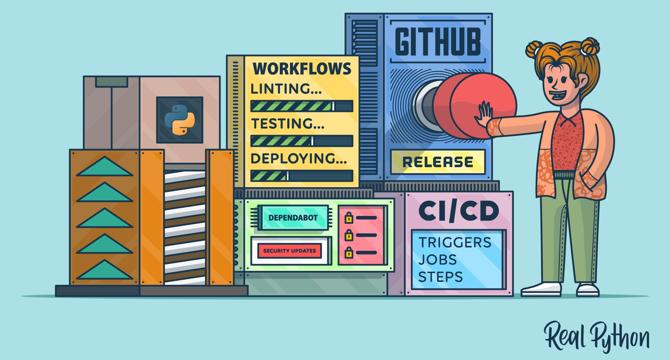
Image Credit: RealPython
Python Continuous Integration and Deployment Using GitHub Actions
- GitHub Actions for Python empower developers to automate workflows efficiently.
- Continuous Integration and Continuous Deployment (CI/CD) systems are crucial for maintaining software quality and deployment streamlining.
- GitHub Actions make CI/CD accessible, enabling automation and customization of workflows within the repository.
- A video course covers various aspects such as using GitHub Actions, automating linting, testing, deployment, securing credentials, and automating security updates.
Read Full Article
11 Likes
Jetbrains
378
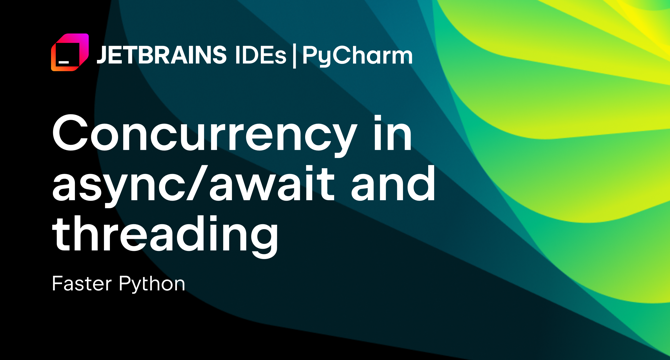
Image Credit: Jetbrains
Faster Python: Concurrency in async/await and threading
- Concurrency in Python can be achieved using async/await and threading to make programs execute multiple tasks concurrently.
- Async/await and threading libraries in Python enable the appearance of concurrency, although CPU processing is still limited by the GIL in multithreading.
- Async/await involves cooperative concurrency where coroutines yield control to each other, while threading uses the operating system scheduler to manage processes.
- Python's asyncio package and async/await keywords simplify asynchronous programming by using coroutines to pause and resume functions.
- By leveraging asyncio, tasks can be completed faster by allowing other processes to run concurrently while waiting for I/O operations.
- In contrast, threading can be used for true parallelism on multiple CPU cores, but it requires careful handling of race conditions to prevent errors.
- Concurrency is beneficial for speeding up programs, especially in I/O-bound tasks, where async/await can optimize waiting time during operations like database queries.
- For CPU-bound tasks, Python's GIL limits true parallel processing, but techniques like multiprocessing and parallel programming can be used for better performance.
- Debugging concurrent code in PyCharm can be simplified using breakpoints, real-time variable views, and console integration to track execution flow across different threads.
- Overall, mastering concurrency in Python with async/await and threading, along with proper debugging techniques, can improve program efficiency and performance.
Read Full Article
22 Likes
Medium
408

Image Credit: Medium
Variational Mode Decomposition in Python (2025 Guide)
- Variational Mode Decomposition (VMD) in Python offers a powerful signal processing tool to extract hidden signals from noisy data with surgical precision, surpassing traditional methods like Fourier transforms, wavelets, and Empirical Mode Decomposition (EMD).
- VMD minimizes total bandwidth of each mode while ensuring they reconstruct the original signal when combined, employing an augmented Lagrangian approach with ADMM.
- Dividing the process into spectral separation, Wiener filter application, frequency tuning, and reconciliation, VMD acts like a magical mixing studio to extract and refine distinct components in a signal.
- VMD outperforms EMD in scenarios with closely spaced frequencies or components with different energies, showcasing superior clarity in isolating cardiac features, industrial fault signatures, and financial data trends.
- The implementation of VMD in Python 3.8+ simplifies signal decomposition tasks, allowing for efficient extraction of specific components from complex data sets.
- VMD's global optimization approach provides stable features for prediction models, depicted by improved directional forecast accuracy in financial data analysis.
- While EMD works well for signals with separated components, VMD excels in scenarios with overlapping frequencies or energy discrepancies, requiring thoughtful parameter selection.
- Analysis reveals that VMD's FFT-based implementation ensures efficiency, especially in longer signals, with a computational advantage over EMD's complexity.
- Multivariate VMD extends the single-channel approach to multi-channel data, ensuring aligned extraction of modes across channels for applications like EEG/MEG analysis.
- Recursive VMD offers a multi-level decomposition to delve into complex nested structures for hierarchical analysis, while standard VMD suffices for most applications.
Read Full Article
24 Likes
Discover more
Medium
189

Image Credit: Medium
ML.NET vs Python: Which One Should You Use for Machine Learning in 2025?
- ML.NET is a different approach from Python for machine learning, designed to integrate seamlessly with .NET applications.
- ML.NET allows developers to stay within the .NET ecosystem, avoiding the need to switch languages or tools.
- Python, on the other hand, is known for its conciseness, while ML.NET offers direct integration into .NET applications for easy production deployment.
- Tutorials for both ML.NET and Python are available on Archety.dev to help users learn and choose based on their preferences.
Read Full Article
11 Likes
TechBullion
189
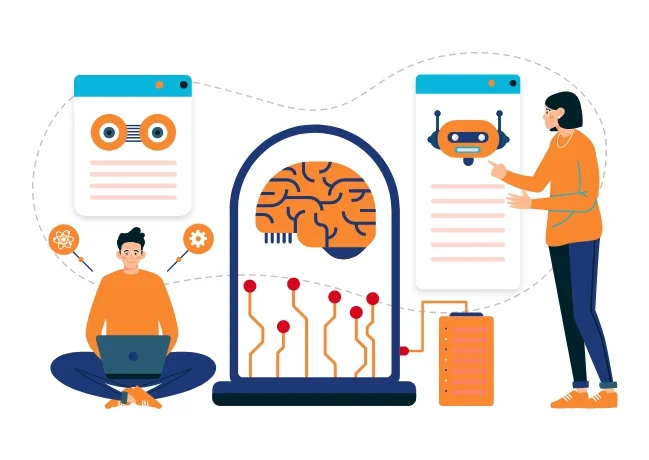
Image Credit: TechBullion
Integrating Python-Based AI/ML Models into Java Enterprise Ecosystems: A Pragmatic Guide
- Integrating Python-based AI/ML models into Java enterprise ecosystems presents a challenge due to the distinct advantages of each language.
- REST APIs are widely used for integrating Python models into Java systems, offering loose coupling and technology-agnostic communication.
- Despite its benefits, REST APIs may introduce latency issues and require attention to security measures like authentication and encryption.
- For higher performance needs, gRPC provides a more efficient alternative by using Protocol Buffers over HTTP/2 for faster messaging.
- gRPC excels in scenarios where speed and efficiency are crucial, such as in real-time AI systems like recommendation engines.
- Message queues like RabbitMQ offer fault tolerance and scalability, making them suitable for batch processing and workflows with latency flexibility.
- However, implementing message queues requires careful planning for reliable delivery and potential complexities in debugging.
- Embedding a Python runtime directly into Java applications through options like Jython and GraalVM can provide tight integration but may introduce compatibility and performance challenges.
- Selecting the right integration method depends on factors like performance, maintainability, team capabilities, and cost considerations.
- Each integration approach has its trade-offs, with gRPC excelling in performance, REST APIs in ease of use, message queues in flexibility, and embedded runtimes in tight coupling.
- Ultimately, the best integration method varies based on the specific use case, and understanding these patterns can lead to smarter and more maintainable system development.
Read Full Article
11 Likes
Medium
344
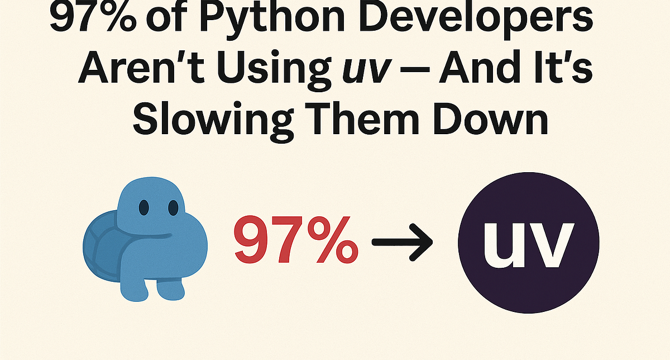
Image Credit: Medium
97% of Python Devs Still Use pip + venv — uv Makes That Obsolete
- A new Python tool called uv, written in Rust, is gaining popularity among Python developers.
- uv replaces multiple existing tools like pip, venv, pip-tools, and pipx, offering a faster alternative.
- Python developers are finding uv useful in both small and large projects, enhancing their workflow.
- Installing uv globally on your machine enables you to streamline package and environment management in Python.
Read Full Article
20 Likes
Dev
219

Image Credit: Dev
Iterator in Python (5)
- Python itertools module provides functions to work with iterators.
- The count() function creates an iterator that generates numbers indefinitely or within specified range.
- The cycle() function returns an iterator that endlessly repeats a specified iterable.
- The repeat() function returns an iterator that endlessly or limitedly repeats a specified value.
Read Full Article
13 Likes
Dev
0

Image Credit: Dev
100 Days of Code – Python Roadmap
- The article outlines a 100 Days of Code roadmap for learning Python, focusing on structured learning and project-based approach to avoid confusion and stay motivated.
- The roadmap covers Python basics, core concepts, intermediate and advanced Python features, object-oriented programming, databases, APIs, web development with Django, and data science/machine learning.
- Each day includes specific topics to learn and corresponding projects to work on, such as working with variables, loops, functions, classes, decorators, generators, databases like MySQL and SQLite, consuming APIs, web development with Flask and Django, and machine learning with TensorFlow.
- The roadmap also includes projects like creating a contact book, developing a personal blog, implementing user authentication, building a machine learning model for image classification, and deploying applications to Heroku or Render.
- The final projects in the roadmap include developing a Django portfolio/blog website, creating a Flask dashboard for data visualization, deploying a machine learning model, working on a capstone project like a budget tracker, practicing coding interview questions, and focusing on documentation and deployment.
- The guide provides a comprehensive learning path from beginner to intermediate and advanced Python concepts, making it suitable for those starting their Python coding journey or seeking a structured learning approach.
Read Full Article
Like
Dev
181

Image Credit: Dev
🚀 Streamline Your Python & Django Development with Production-Ready Cookiecutter Templates
- A collection of comprehensive cookiecutter templates has been created to generate production-ready Python apps, PyPI packages, Django REST APIs, and DRF packages with modern tooling and best practices.
- The templates cover Python app, Python package, Django REST app, and DRF package scenarios, each with specialized configurations and tools for their specific use cases.
- Features include modern tooling out of the box, production-ready architecture, and a zero-configuration philosophy for immediate project setup.
- Intelligent dependency management with UV, dual type checking with mypy and pyright, and quality metrics automation are key aspects of the templates.
- The templates adhere to modern Python practices, offer production deployment readiness, and provide real-world usage examples for building SaaS APIs, publishing libraries, and DRF extensions.
- Key features include testing excellence, documentation standards, CI/CD pipelines, advanced testing features, and code quality enforced through pre-commit hooks.
- Common questions regarding customization, database migrations, and choice of tools like UV over pip/poetry are addressed in the article.
- Future roadmap plans include adding FastAPI template, Next.js + Django full-stack template, Kubernetes deployment configurations, more cloud provider integrations, and additional authentication providers.
- Getting started is easy by installing cookiecutter, generating a project using the provided GitHub repository, choosing a template, configuring options, and starting development immediately.
- The cookiecutter templates aim to save time spent on project setup, promote modern Python best practices, and improve the development experience for various types of projects.
- Developers are encouraged to try the templates for their projects and provide feedback for continuous improvement.
Read Full Article
10 Likes
RealPython
107

Image Credit: RealPython
Python Hits the Big Screen and Other Python News for June 2025
- A newly announced documentary, Python: The Documentary, offers a behind-the-scenes look at Python's history and culture, featuring key contributors like Guido van Rossum and generating buzz in the Python community.
- Python 3.14.0 enters beta with features like template strings, deferred annotations, Sigstore for release verification, enhanced JIT compiler, and a safe external debugger interface, with the final release scheduled for October 2025.
- Three accepted PEPs focus on typing, installation, and compression, aiming to improve Python's capabilities and user experience.
- The Python community is energized with new leadership at the PSF, impactful updates, and ongoing conferences fostering inclusion, learning, and connection.
Read Full Article
6 Likes
Dev
198

Image Credit: Dev
You Can Use Python with Arduino — Here’s How
- Arduino can be programmed using Python through the PyFirmata library, enabling control of Arduino boards with Python for tasks like I/O operations and integration with Python-based tools.
- To connect Python to Arduino, you need to upload the StandardFirmata sketch to Arduino, install the PyFirmata Python library, and establish the connection using a simple script.
- Real-world applications of using Python with Arduino include temperature monitoring systems, home automation dashboards, data loggers with web interfaces, robot control interfaces, and real-time sensor dashboards.
- While Python doesn't replace the Arduino IDE, it complements it by offering a way to enhance Arduino functionality for rapid testing, automation, and educational projects.
Read Full Article
11 Likes
Dev
64

Image Credit: Dev
Quark’s Outlines: Python Object Identity
- Every object in Python has a unique identity that remains fixed as long as the object exists.
- Object identity can be checked using the id() function and compared using the is operator.
- Object value and identity are distinct concepts in Python, used for different purposes.
- Object identity helps in tracking memory and object behavior in Python.
- Python introduced object identity concepts early on to manage memory efficiently.
- Object identity plays a crucial role in tracking names and objects in Python.
- Using is operator helps in checking if two names point to the same object in memory.
- Python handles shared mutation and immutable types using object identity principles.
- By copying or slicing objects, Python allows avoiding accidental shared state.
- Object identity in Python contributes to efficient memory management and understanding object relationships.
Read Full Article
3 Likes
PlanetPython
138

Image Credit: PlanetPython
Python Bytes: #435 Stop with .folders in my ~/
- The Python Bytes episode #435 covered several topics including platformdirs, poethepoet, Python Pandas adopting PyArrow, and pointblank for data validation.
- Platformdirs is a Python module that determines platform-specific directories more effectively than appdirs, providing better typing, directory support, cleaner internals, and community stewardship.
- Poethepoet is a task runner that facilitates easy task definition, particularly working well with poetry or uv.
- Python Pandas is switching from NumPy to PyArrow in its upcoming release, version 3.0, to enhance performance significantly with faster loading and reading of columnar data.
- Pointblank was highlighted as a tool that offers a chainable API for powerful and aesthetically pleasing data validation.
Read Full Article
8 Likes
Medium
388

How I Built a Real-Time, Interactive Dashboard Using Python and Gradio
- Gradio is a tool used to create real-time, interactive dashboards in Python without the need for front-end coding or complex setups.
- It allows users to build dashboards with dropdowns, sliders, and visualizations that update in real-time based on user interactions.
- Gradio seamlessly integrates UI components into Python, making it easy for users to focus on logic and data manipulation.
- Deployment with Gradio is simple, requiring only to run the script to get a fully operational dashboard with a sharable public URL.
Read Full Article
23 Likes
For uninterrupted reading, download the app